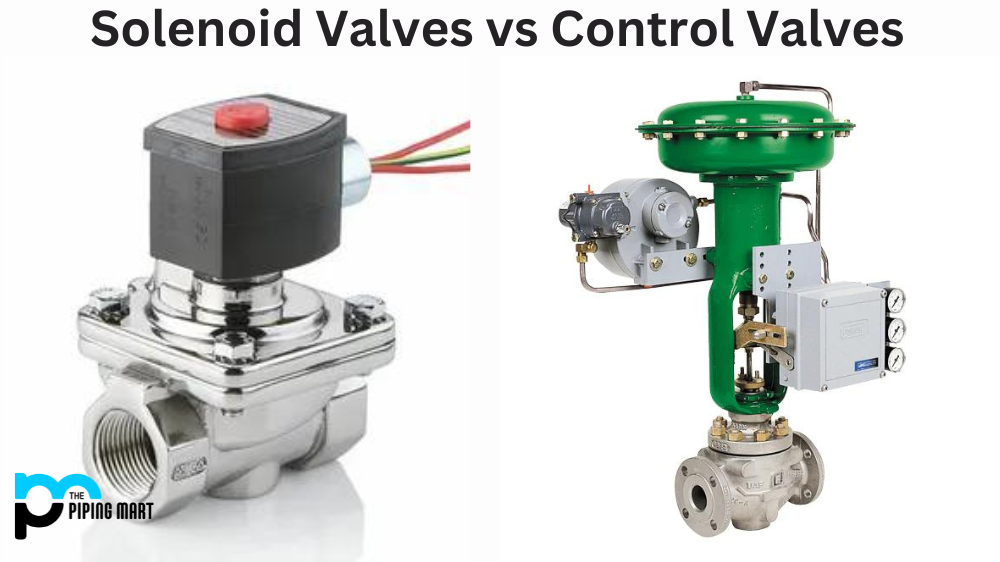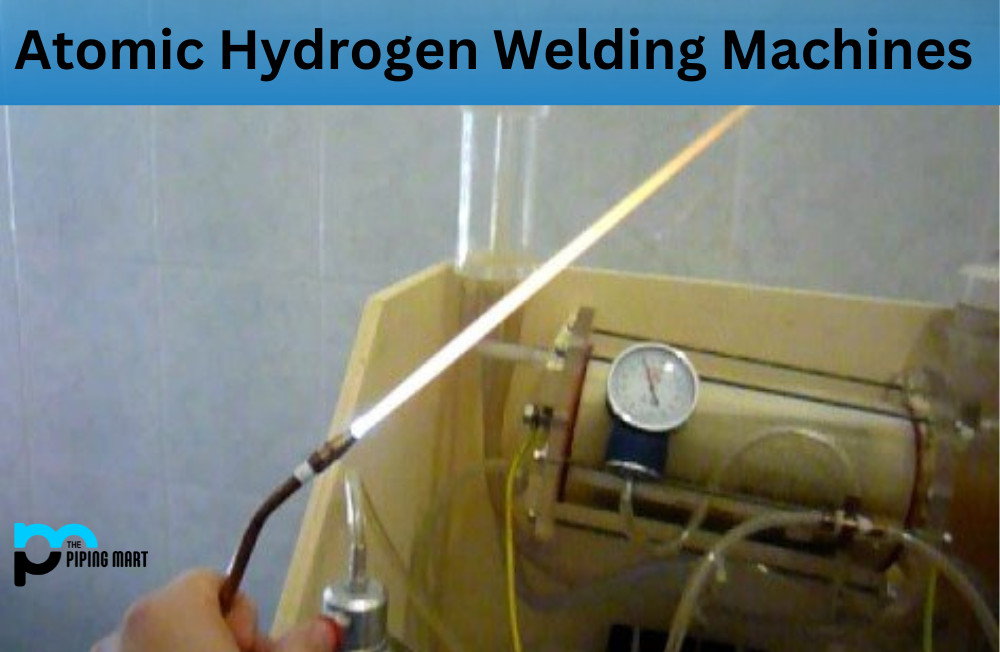A safety valve is an important piece of equipment with many applications in industrial and commercial settings. It’s designed to protect people, equipment, and the environment by releasing pressure to prevent damage when it reaches a certain level. Let’s look at the advantages and disadvantages of safety valves.
Advantages of Safety Valves
The primary benefit of a safety valve is that it prevents catastrophic events from occurring due to excessive pressure buildup. This can be extremely helpful when sudden pressure spikes could cause serious injury or property damage. Safety valves are relatively inexpensive equipment; they’re not overly complicated, so they don’t cost much to install or maintain.
Safety valves also provide peace of mind for workers operating under high-pressure conditions. With the knowledge that the system has been appropriately fitted with a safety valve, these workers can feel more secure knowing that their safety is protected should anything go wrong.
- A safety valve is a device used to prevent a system’s over-pressurization.
- Safety valves are used in various applications, including boilers, pressure vessels, and piping systems.
- Safety valves help to protect equipment from damage and prevent accidents by relieving excess pressure from the system.
- Safety valves are typically designed to open at a predetermined pressure, usually higher than the normal operating pressure of the system.
- When the safety valve opens, it releases excess pressure from the system, preventing over pressurization.
Disadvantages of Safety Valves
The main disadvantage of using a safety valve is that it can fail if not properly maintained. If the valve isn’t checked regularly and adjusted as needed, it could fail unexpectedly during operation, leading to dangerous situations due to uncontrolled pressure buildup. In addition, some materials are prone to corrosion over time, which may also lead to failure over time, even with proper maintenance.
Another potential drawback is that setting up and configuring a proper safety valve system can take time and effort. Depending on the system’s size and complexity, this process could require numerous calculations and adjustments before the system is ready for use – all while considering environmental factors such as temperature changes or vibration levels that could affect performance. This means added costs for labour to get everything set up correctly before the operation begins.
Can Lead to Exploitation
One of the primary disadvantages of safety valves is that they can lead to exploitation. Safety valves are typically used when there is a risk of injury or death, such as in factories or mines. In these situations, workers may be reluctant to speak up about safety concerns for fear of losing their job or being blacklisted from the industry. As a result, employers may be able to get away with unsafe working conditions.
Can Give a False Sense of Security
Another disadvantage of safety valves is that they can give a false sense of security. For example, if a factory has a safety valve, workers may feel they do not need to take precautions against injuries, such as wearing protective gear. This can lead to accidents that could have been prevented if proper safety measures had been taken.
May Not Be Effective in All Situations
Another disadvantage of safety valves is that they may only be effective in some situations. For example, if a safety valve is designed to release pressure in a boiler, it may not be effective if it explodes. In addition, safety valves may only work properly if they are maintained or inspected on a regular basis.
Can Be Expensive
Another disadvantage of safety valves is that they can be expensive. For example, installing pressure relief valves in a factory can be costly, and maintaining them can also add to the expenses. In some cases, the cost of installing and maintaining safety valves may outweigh their benefits.
It may Encourage Risk-Taking Behaviour.
Finally, another disadvantage of safety valves is that they may encourage risk-taking behaviour. If people know that there is a safety valve in place, they may be more likely to take risks than they would otherwise. This can lead to accidents and injuries occurring that could have been avoided if people had not taken unnecessary risks.
Conclusion:
Safety valves are essential equipment used in many industrial settings to protect personnel and equipment from catastrophic events due to excessive pressure buildup. While there are several advantages, such as cost savings, protection against dangerous situations, and peace of mind for workers operating under high-pressure conditions, there are also potential drawbacks, such as failure due to improper maintenance or corrosion over time and potential complexities associated with setting up the system initially. Intended Audience: Industrial operations managers and personnel who work with high-pressure systems regularly should consider the advantages and disadvantages carefully when determining whether or not they require a safety valve system in their environment. By understanding how these systems work—and what risks they bring—operations managers can make informed decisions about setting up their systems accordingly.

Meet Bhavesh, a seasoned blogger with a wealth of knowledge and experience. From metal products manufacturing to retail, Bhavesh has a diverse background in various industries and is dedicated to sharing his insights and expertise with readers.




